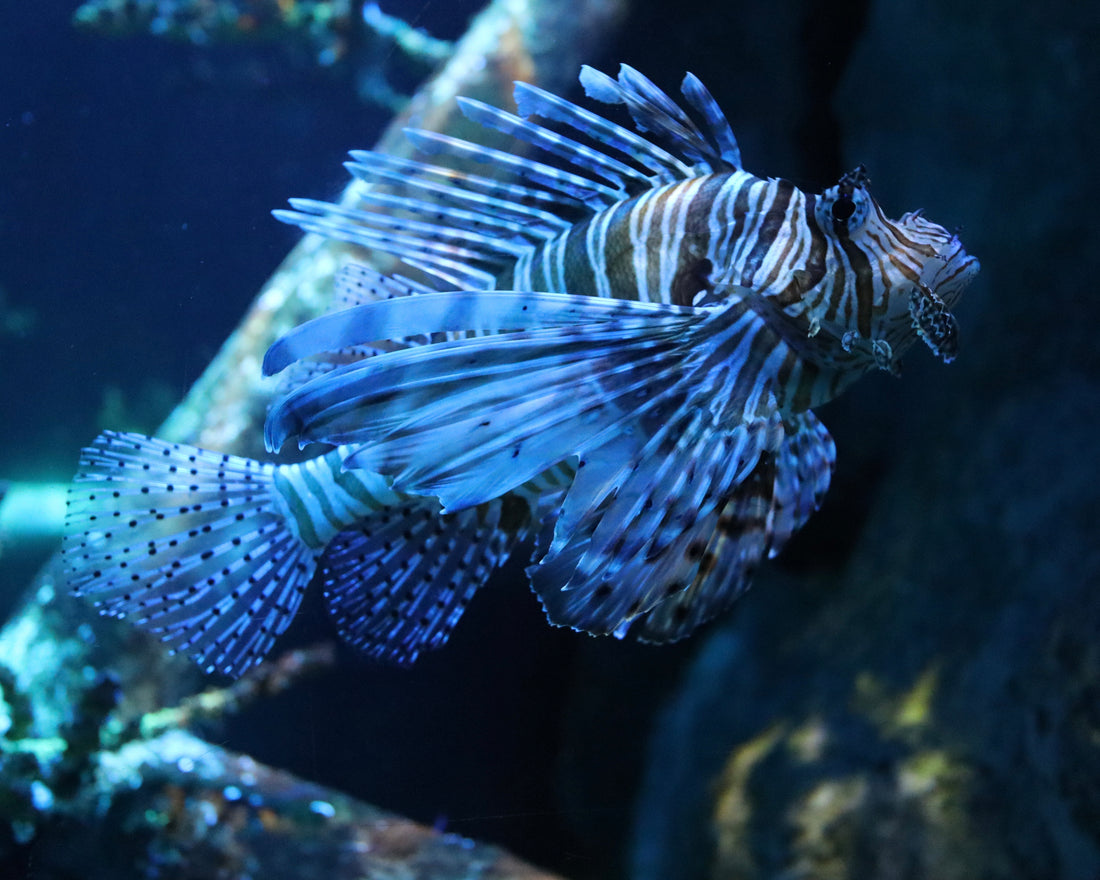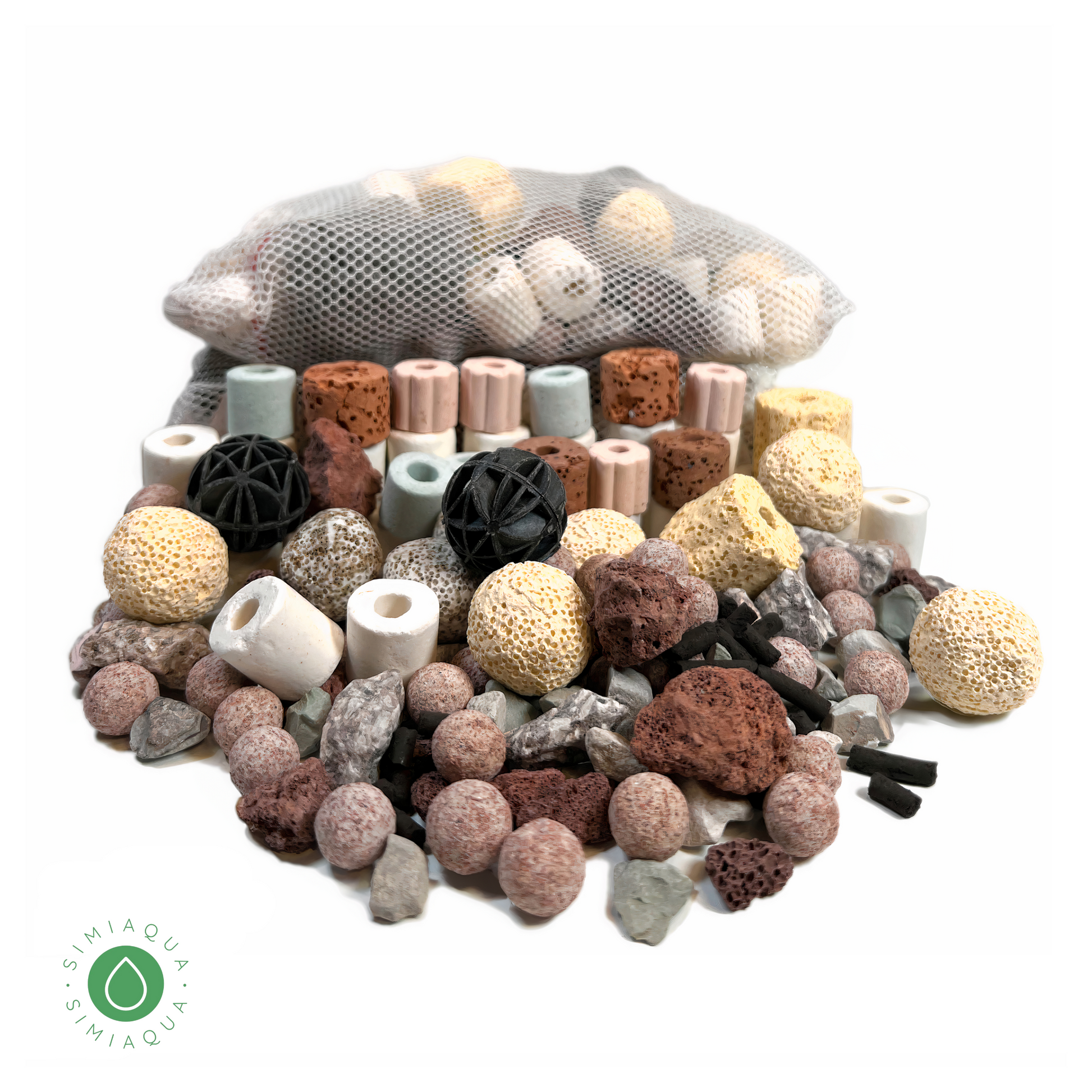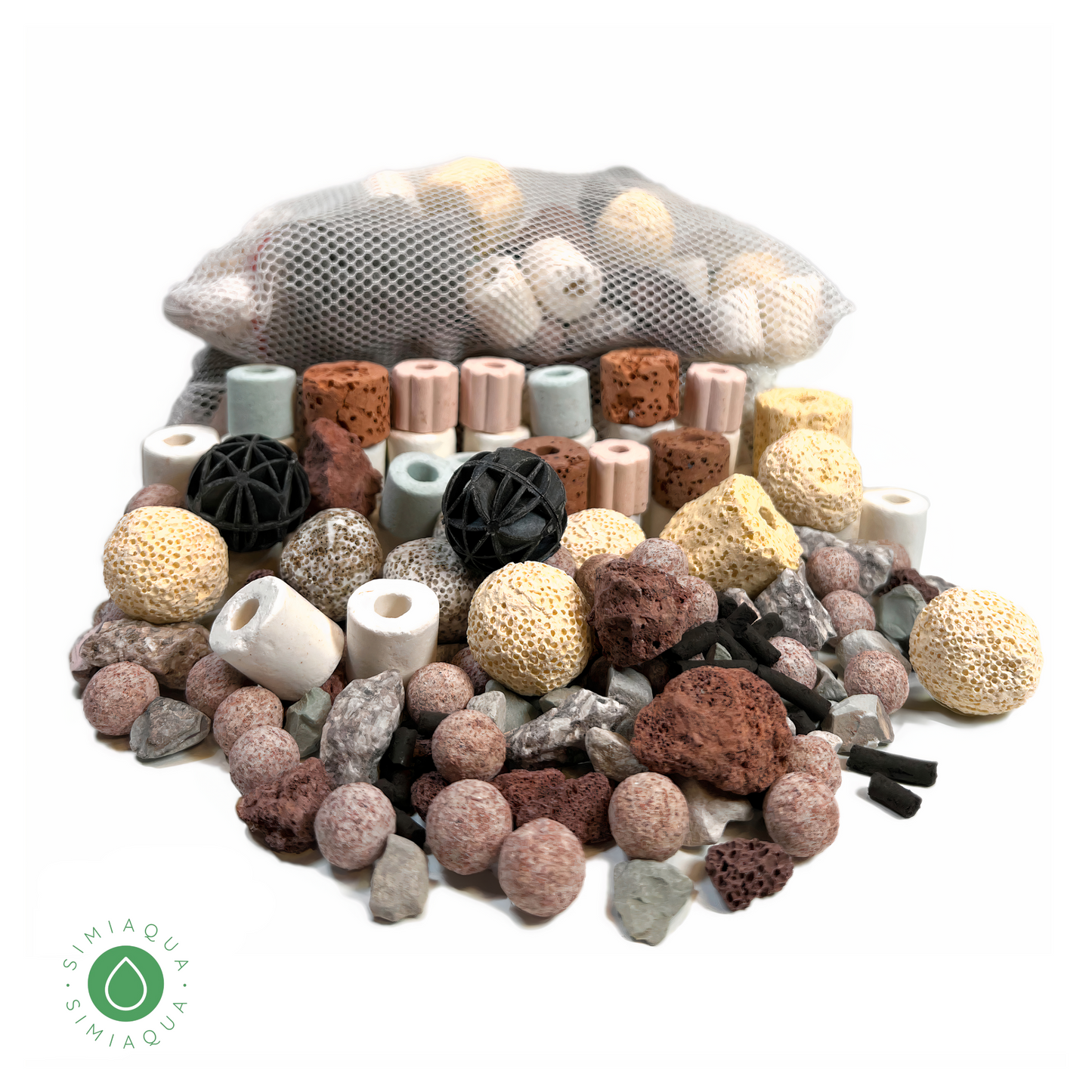
What maintenance does a fish tank need?
Share
Maintaining a healthy fish tank requires regular care and attention. Proper maintenance is essential for the well-being of your fish and the overall health of the aquarium environment. In this article, we'll discuss some of the key tasks you need to perform to keep your fish tank in good condition.
First and foremost, it's important to perform regular water changes. This means removing a portion of the water from the tank and replacing it with fresh, clean water. How often you should do this will depend on the size of your tank and the number of fish you have, but as a general rule, you should aim to change at least 25% of the water every week.
Second, make sure to clean the tank regularly. This means removing any debris or waste that has accumulated on the bottom of the tank, as well as cleaning the sides of the tank and the decorations. You can use a gravel vacuum to remove waste from the bottom of the tank, and a sponge or scrubber to clean the sides and decorations.
Third, use a good quality water conditioner to remove chlorine and other chemicals from the tap water. These chemicals can be harmful to your fish and can cause water quality problems if they're not removed.
Fourth, avoid overfeeding your fish. This can lead to excess waste in the tank, which can make the water cloudy and can contribute to poor water quality. Only feed your fish as much as they can eat in a few minutes, and remove any uneaten food from the tank.
In addition to these regular tasks, it's also important to monitor the water quality in your tank and test the water regularly. This will help you to identify any problems early on and take action to correct them. It's also a good idea to perform regular maintenance on your filter, including cleaning or replacing the filter media as needed.
By performing these tasks on a regular basis, you can help to keep your fish tank healthy and your fish happy. Consistent care and attention are essential for maintaining a healthy aquarium environment.







